Should you include graffiti on your layout? When we set out to build our model worlds, one of the questions we end up answering is how realistic we want to be. This answer is defined by what we decide to include, and what we chose to ignore. Most of these choices will create little controversy, but there’s one that’s sure to get people to choose sides.
Graffiti
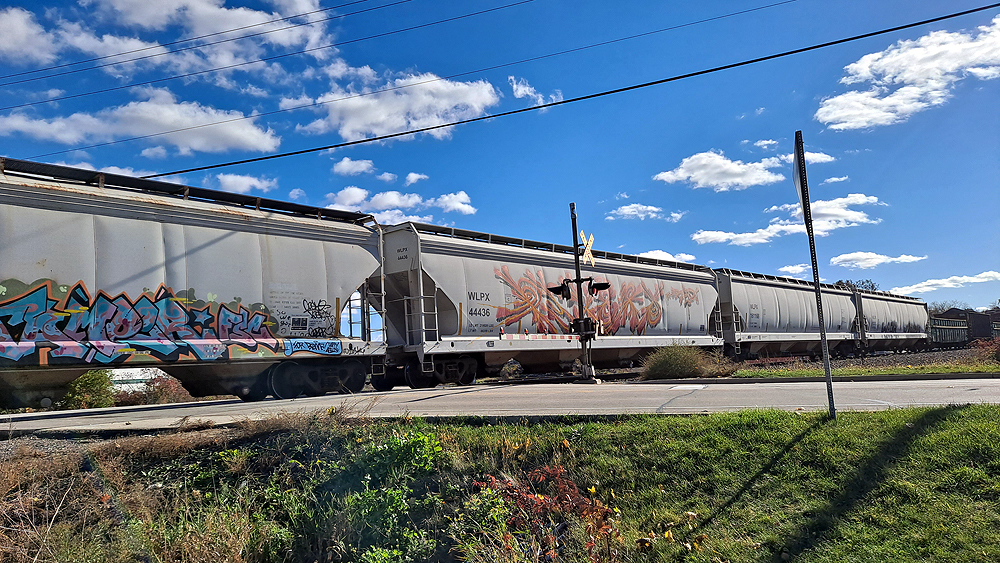
It’s nothing new; archeological digs at Pompeii, the famous Roman city covered in ash by Mount Vesuvius in the year 79, uncovered graffiti not unlike what we see today, other than being written in Latin. While that’s certainly interesting, our focus here is on railroad models, so it’s the graffiti we see on railcars we’ll pay attention to.
One way to avoid the discussion is to model an era before the 1980s, when graffiti on railcars was still most often chalk marks made by yard workers. But by the end of the 80s, graffiti was starting to proliferate. Modern modelers therefore have a choice to make: include it or ignore it.
There are very strong feelings against it. Graffiti is vandalism and therefore illegal. Just as some folks don’t wish to depict other criminal activity on their layouts, they may decide not to include graffiti. That’s certainly legitimate. These are our worlds, and we get to decide what they should look like.
Where we can run into a problem is if we claim to strive for realism by depicting the world around us accurately. If we say this and model an era where graffiti is commonplace, but it isn’t to be found on our layouts, then we miss our own stated goal. So let’s look at the pros and cons of whether you should include graffiti on your layout.
Many well-known modelers have included graffiti on modern-era layouts.
“I don’t really overthink it. If something is there I model it. In some locations in Miami the quality of the tags approaches that of mural artists. Often a gray cinder block wall looks better after being tagged. However, it is still vandalism unless you get permission,” says frequent MR contributor Lance Mindheim.
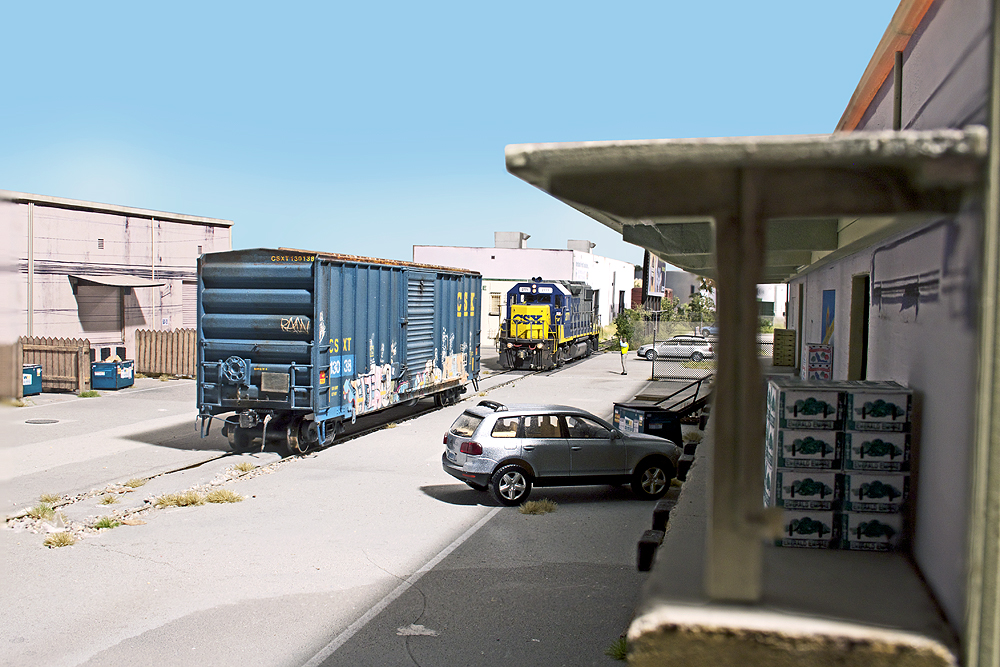
Making choices
Some don’t model the “graffiti era,” but aren’t opposed to it.
“I don’t model an era affected by much graffiti, but if I did, I’d include it like any other detail such as rust, broken boards, weathered rolling stock, peeling paint, etc.,” said MR contributing editor Tony Koester. “I can’t decide that all structures in the 1950s were painted yesterday, that all locomotives and rolling stock were shopped earlier this week. I am not at liberty to edit out imperfections.
“That said, were I modeling a major city scene, I would not go out of my way to depict someone being mugged or worse. No sense looking for trouble. But in recent years, ignoring graffiti would involve a major editing effort, and the resulting scene simply would not reflect reality,” Tony said.
Another of our contributing editors, Pelle Søeborg, sees it as a necessary evil.
“Personally I don’t like graffiti. I simply don’t see the point in vandalizing other people’s property. But if you model present time, as I do, you can’t ignore it.
“It may sound contradictory that I hate graffiti but still model it, but modeling is about making believable scenes. I also don’t like filthy locomotives. I like nice clean locomotives better, but I still weather my locomotives because that is how they look in the real world. I model what I see, raw and unfiltered, and it is not always pretty.”
Cody Grivno has ideas on how to add graffiti to your models here.
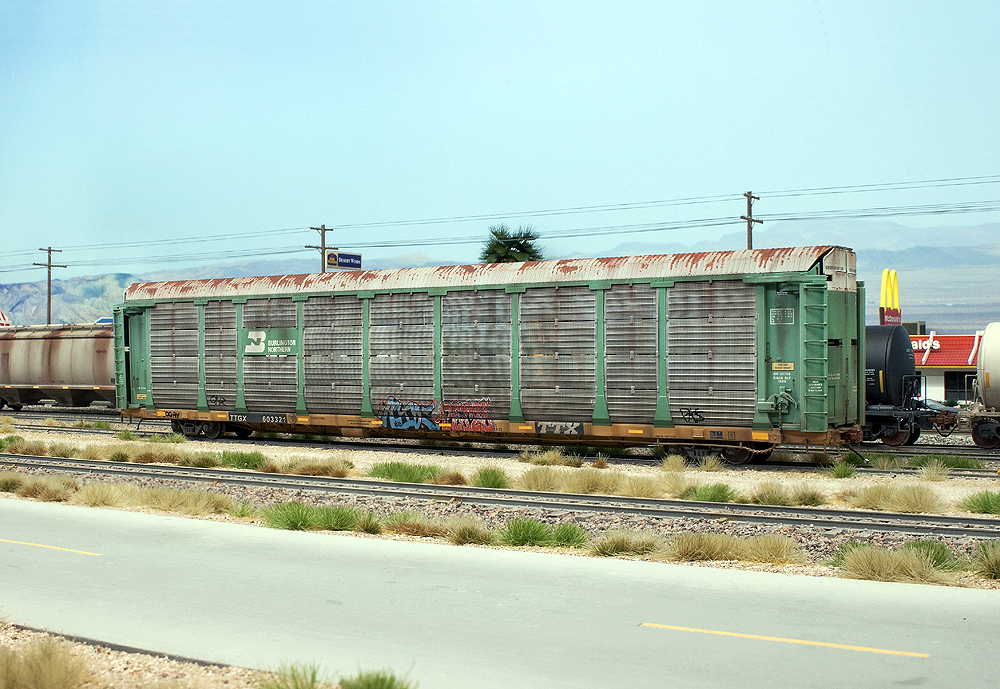
The realism problem
Another modeler who falls into the graffiti era is Dave Abeles.
“Graffiti is part of the scene on modern freight cars as well as areas along the tracks and right-of-way. Coincidentally, my 1994 era predated much of the extensive graffiti we see today on equipment, but I do roster some cars with it. Graffiti is a detail element like chalk drawings or trackside litter, and as such it’s important to include to some degree based the prototype.”
But there’s also Model Railroading Rule 1 – it’s my railroad, and I’ll do what I want.
“I’m sort of on the fence on this graffiti thing,” says Gerry Leone. “However, if you’re a modeler who’s modeling a ‘could have been’ railroad, or a ‘should have been/could be’ branchline, or a prototype-based railroad in which you’ve eliminated or rearranged the prototype towns, you’re already tinkering with reality and creating your own world. So if you’ve taken the opportunity to say ‘The Union Pacific’s Elk River Branch is now a reality in my basement,’ you can also say, ‘And freight car graffiti never came about in this world.’ They’re both equally as valid in my book. And let’s face it: who among modelers is fully faithfully reproducing reality when they’ve got two giant 2-56 machine screws holding the trucks on to their freight cars?”
Lou and Cheryl Sassi offer similar thoughts on whether you should include graffiti on your layout.
“If you want to model an era which includes graffiti realistically, you would most likely try to include some of it. If you want to make your model railroad what you want and do not like drawings all over your cars, then you leave it off. Remember the old adage: It’s your layout and you can do what you like.”
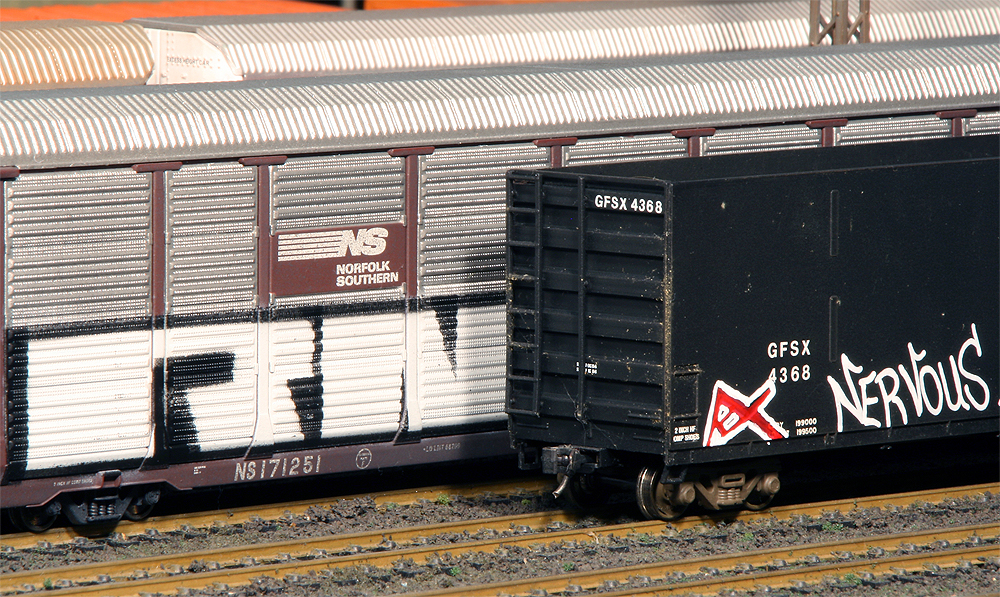
Modeling graffiti can be tricky. Some of it takes talent to create, and if you want to replicate a particular car, you’ll have to develop similar talents if you don’t already have them. Matt Snell offered suggestions in a Model Railroader article in the April 2012 issue. Matt Snell photo
A polarizing topic
Matt Snell reminds us about how touchy the subject can be.
“The first thing of note is what a polarizing topic this can be. I’ve heard many near arguments about the plus/minus of this subject.
“With that said, I model the modern era and if you are modeling any large urban area it is present and almost ‘normal’ in varying degrees. Even the smaller and more rural areas have it, and often always have, such as the names painted on the side of a bridge or water tower.
“Then there’s the trains themselves and as it stands right now, what used to be limited to lower thirds of the solid side cars has now expanded to entire sides and even locomotives too. Where do they get the time – and the paint?”
Railroad graffiti has a long history.
“My next thought goes to the degree and what it represents – or can. I am told a large part of what we see is gang related. I’m not a criminologist by any means, but what I see out there is a mixture of scribbles right up to pieces of ‘art’. What I am sure of is that some ‘taggers’ have become sophisticated enough to leave the required data intact so their ‘work’ is not painted over by a railroad carman.”
Should you include graffiti on your layout?
When I’m trackside, watching the graffiti is occasionally interesting. There are some talented people painting freight cars. But there’s much more of it that’s just ugly. My overall inclination is to try to depict things as close to reality as possible, so for a modern layout, that means including graffiti. Where do you stand?






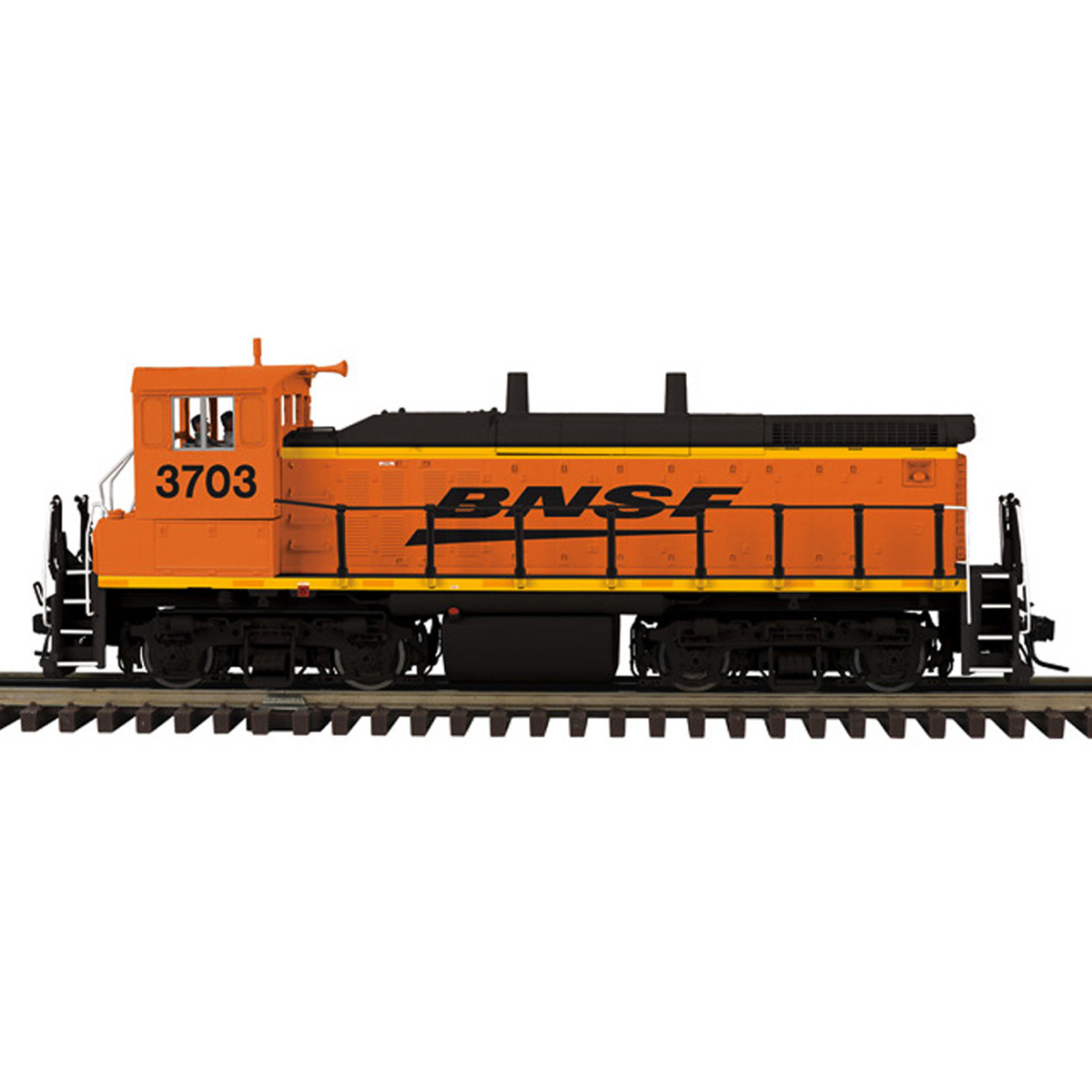
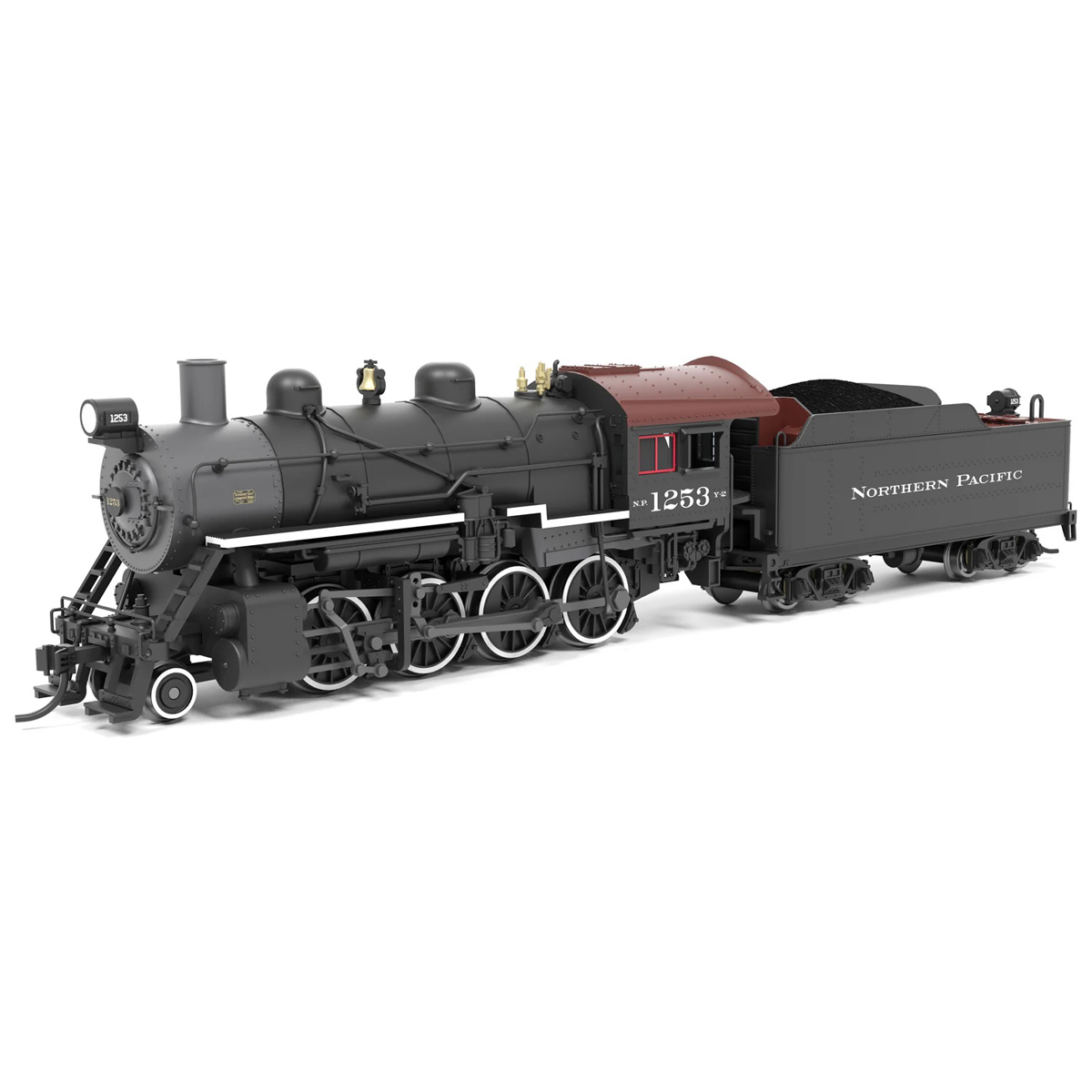
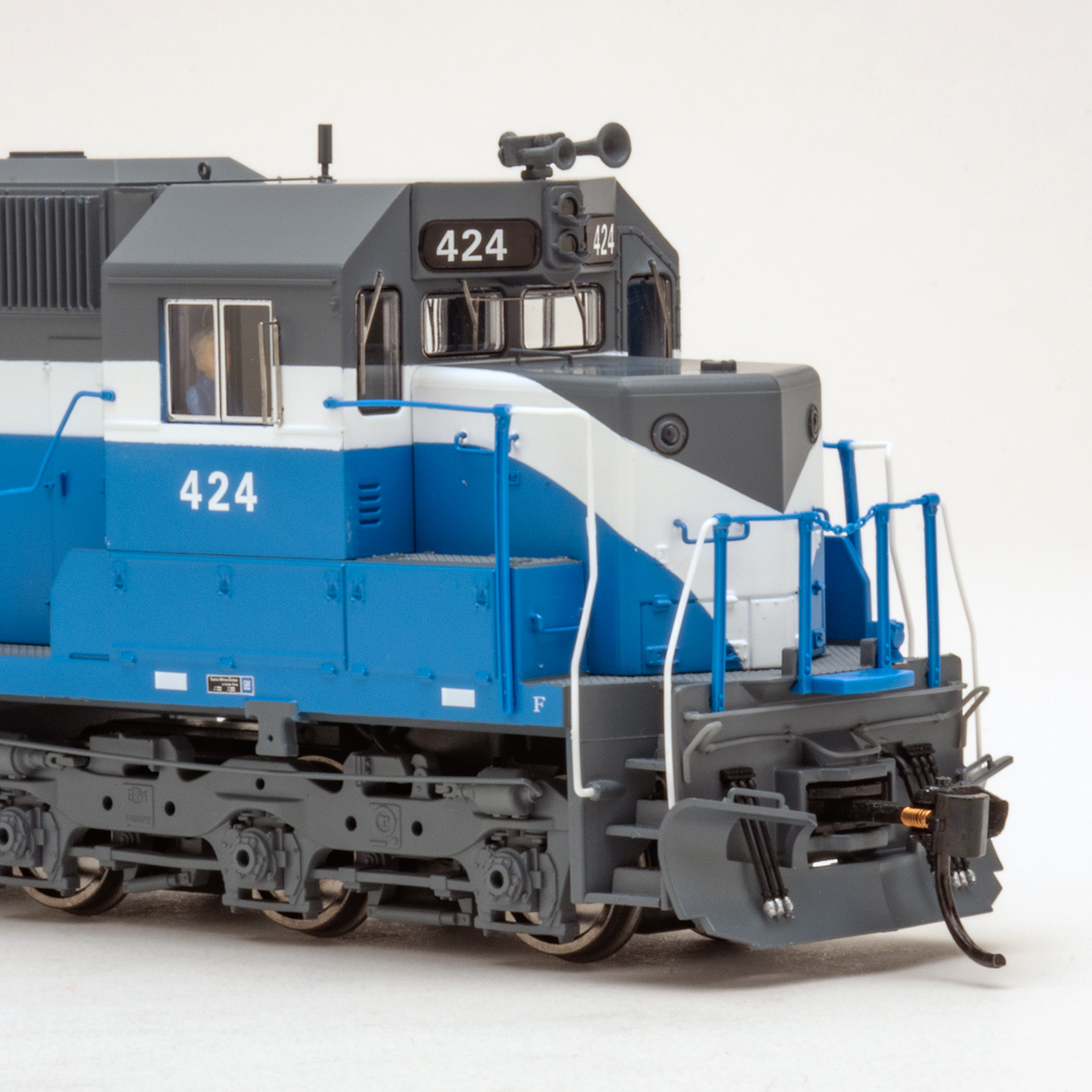
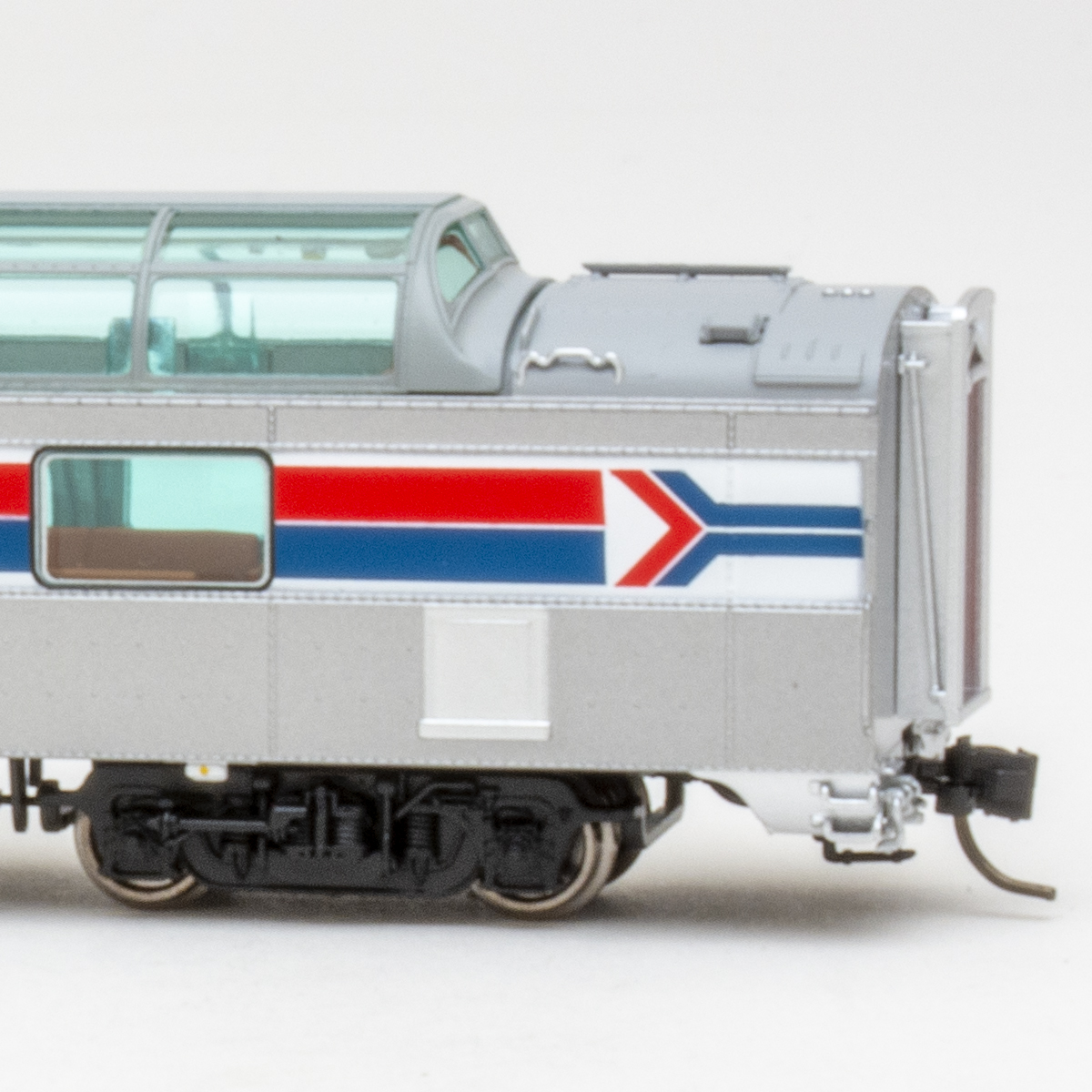




Interestingly posed question ….. I cannot grasp why this is even a topic for discussion. IMO, it generates a binary response, neither of which are really debatable:
1) On *MY* railroad most assuredly NOT!
2) On *YOUR* railroad, it’s up to you and I truly haven’t a say-so or vote …..
¯\_(ツ)_/¯
I used to deliver to a store that sold skateboards and clothing , Hip Hop fashion and music, etc. In a display case at the register was sold a “coloring book” of sorts…pages of various rail car drawings. There were side views of every “billboard” type car (box, auto rack, covered hopper, etc) so you could sketch out and color potential tagging patterns in advance for your next victim.
I used to despise graffiti. I am somewhat modified from that opinion now. There is tagging that is just ugly and trashy. Then there are fun cartoon characters like the one with the “Spy vs, Spy” from Mad magazine. I saw a wall with a silly cartoon frog doing it’s best to escape a bog of quick sand composed of gobbledy gook alphabet letters. Totally hilarious. I can see trying to copy the incredible image of an autorack covered from top to bottom with gigantic letters. How on earth do they do that ? I wouldn’t replicate the garbage scrawl and as long as I don’t do anything offensive or profane it could be ok. I wouldn’t do it on a locomotive. However, I do want to do a locomotive that is pretty much clapped out and unidentifiable as to what RR it once represented. Silver and rust with soot.
I prefer to model without graffiti but this more because I don’t want to see the same cars on my layout. An untagged car is more anonymous.
A touchy subject that requires a lot of additional time to add to equipment and scenery, but it can be fun. When I made retaining walls for my Port Royal container yard, I added some fun graffiti, choosing more artistic images that were pleasing to the eye ( layered onto printable stone walls from the internet). As I travel and see graffiti I like, i snap a photo of it and add itto my digital database to add in the future. Its the compromise since we don’t live in an Ozzie and Harriet (or even Brady Bunch) world. But like the Sassi’s said, its your layout, do what you want. And a little idealization of our worlds is ok. But adding original graffiti can make a scene or piece of rolling stock more personalized instead of just another out of the box kit. Think of it as kit-bashing a scene for more realism, even if it still a bit idealized.
My layout is freelanced, so already I am guilty of artistic license. I haven’t reached the point where I’m ready to start working on the finer details, but I am trying to include the aspects of railroading I want to see, and I try to do this as accurately as possible. The time era is a bit loose as it represents what I remember from growing up in a railway town that kept most of the obsolete equipment/structures in use for decades as it wound down operations. This creates an opportunity to span different eras to some degree with changes of equipment and vehicles. There are many things that I don’t like to see and one of them like Dave Abeles mentioned is trash. I have noticed that layouts pictured in MR that don’t include the realistic and often unsavory details of the world we live in are immediately obvious as fiction. I will probably include a measured degree of trash, graffiti and weathering to satisfy realism. However, as stated in rule #1…I am the pilot of the storm and will limit at my discretion where and to what degree graffiti and other details are found. The structures will have some but minimal markings that are obscure enough to be somewhat timeless and appropriate for a more rural setting. I will include some rolling stock with graffiti that reflects their time era and where they might be coming from…that way I can choose to include them or not. Cars and the few engines I have weathered tend to stay on my layout, where ones that are pristine “models” somehow seem just to lament in the display case.
Don’t blame me for the graffiti on my boxcars. It’s entirely the fault of the gang that lives in my layout.
Matthew,
I think your comment is the best of all the responses. When I do my first depiction of tagging I will keep your comment foremost in my mind. I used to be totally against it, but after seeing some of the “fun” and artistic stuff I figure I’ll give it a try. Particularly where somehow some tagger found a way to tag an entire side of an Autorack. I wish someone had a spy video of how this is done. I saw one on a wall once where there is a cartoon frog trying to clamber out of a big pile of a sea of non sensical alphabet letters. Totally goofy !
I can respect both sides of the coin. Personally, I agree that since most strive to replicate the world we live in, then it should be represented. However, even our real world chooses to eradicate the things it does not like. For example, here in Virginia, the City of Richmond just removed the last Confederate statue. To me this says, “We don’t like it, so if we remove it, it never happened!”
So, as many have already stated, it is your railroad, do as you wish!
Dave Cornett
Troutville, VA
Since I model in the later 1950’s, there were still cars that had markings. Not like the illegal activity we see on today’s railroads…but some boxcars had markings, such as a drawing that said “Kilroy was here” and “Bozo Texino”…I even remember seeing one that stated “Jesus Saves Green Stamps”! So, car markings have been around for a very long time! Depending on what era you model, research what the markings were and do a few cars like that!
I do agree that today’s tagging’s are illegal and the perps should be prosecuted. But, if these so-called artists do not paint over the car numbers and other important info, so be it.
Personally, I believe it should be individual choice. Some people want realism over fantasy, even if that fantasy is otherwise real, if you know what I mean. Some want to depict their roads as they want them to be, while others are accepting, even if not encouraging, of real life in their models.
Having spent much time in the Philadelphia, Boston and New York City areas, I’ve seen a lot of graffiti and don’t like it in the real world. For a while it was hard to find a seat on a subway car free of defacement. But I still think “Model Railroading Is Fun” is the best slogan MR ever used. The oldest graffito on my layout is an “I Go Pogo” I applied to a trackside structure built from an old Revell kit more than 50 years ago. I’ve added humorous graffiti to “whalebelly” tank cars on the “modern” (1954-1956 and later) part of my roster: “Moby Dick” on one white one, a spouting cartoon whale on another, and “Help! Jonah” on a black one. But that’s about it. I do like some weathering, on all underbody areas wheels and couplers, heavier weathering on some cars carrying cement. Legal and attractive public art applied with the permission of property owners, now common in some places such as Lynn and Worcester, Mass., is an entirely different phenomenon, much of which I admire and appreciate — but too new for my own layout.
As a child of the 1950s when the railroad bug first bit, I keep my modeling in that era. I therefore never have to, nor never will, deal with the travesty of graffiti. And It–along with the disappearance of much traditional railroad infrastructure–has all but destroyed my interest in railfan photography, a hobby I enjoyed for more than 45 years.
hear hear ! i really agree with you. My time limit is the late conrailperiod, right before internet and before the grafittiflooding on the railroads. At that point it still was possible to see freightcars from fallen flags, without a trace from a sparycan.
NO, Modeling vandalism is just some how legitimizing it, it is an ugly testament to our passive society, calling it art is just nuts, have them come and paint your place of business, or your home or auto……..
Been weathering a lot. Proto foto’s I have are usually one side. If this includes tags I try to make decals for tags from that foto. Other side just has the weathering. Layout is end to end switching. The 050 setting the chores decides which side is facing me and public….
I began changing my shiny clean rolling stock to weathered all beat up rolling stock some years back. I was pleased with most of the efforts. But it was only a year and a half ago I saw that graffiti decals were available, and although I am very reluctant to support any criminal activity, I decided to try some tagging. On my stuff! Not the RR’s.
I added some tagging to a buffer car I modified and when I set it out I could not believe the visual impact it made. Prototypical, ugly, beautiful, real, (“…is it live or is it Memorex”). The weird thing? It made the other cars look unfinished, just plain wrong. I’ve run out of decals. But not all will be tagged. That would not be prototypical.
I have occasionally sat on Industrial spurs rail-fanning, and it is rare to see an un-tagged freight car.
Two Rail fans: #1. “Hey look!! An un-tagged covered hopper!”
#2. ” You can see the other side?”
On the positive side, in the real world plenty of the graffiti is mean and just plain ugly. The decals that are available contain none of that genre. Just the nice stuff.
Been adding graffiti for years. With no reversing loops, luckily only one side (thanks Blair Line). Almost all boxcars and reefers, plus a smattering of other car types. My freelanced switching layout is set in 2022, soon 2023. Sometimes the reflective stripes are buried, others have them applied over older graffiti, which today often covers the entire side of the car. Even auto racks.
These “artists” must use a lot of paint . Stolen? Does provide a lot of color on an otherwise plain train.
Roger Thomas